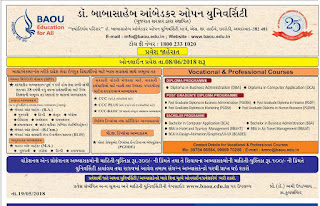WhatsApp Messenger is a freeware and cross-platform messaging and Voice over IP(VoIP) service.[44] The application allows the sending of text messages and voice calls, as well as video calls, images and other media, documents, and user location.[45][46] The application runs from a mobile device though it is also accessible from desktop computers; the service requires[47] consumer users to provide a standard cellular mobile numbers. Originally users could only communicate with other users individually or in groups of individual users, but in September 2017 WhatsApp announced a forthcoming business platform which will enable companies to provide customer service to users at scale.[42]WhatsApp was founded in 2009 by Brian Acton and Jan Koum, both former employees of Yahoo!. After Koum and Acton left Yahoo! in September 2007, the duo traveled to South America to take a break from work.[11] At one point, they applied for jobs at Facebook but were rejected.[11] For the rest of the following years Koum relied on his $400,000 savings from Yahoo!.[citation needed]
In January 2009, after purchasing an iPhoneand realizing the potential of the app industry on the App Store, Koum started visiting his friend Alex Fishman in West San Jose where the three would discuss "... having statuses next to individual names of the people", but this was not possible without an iPhone developer. Fishman found a Russian developer on RentACoder.com, Igor Solomennikov, and introduced him to Koum. Koum named the app "WhatsApp" to sound like "what's up". On February 24, 2009, he incorporated WhatsApp Inc. in California. However, because early versions of WhatsApp often crashed or got stuck at a particular point, Koum felt like giving up and looking for a new job, upon which Acton encouraged him to wait for a "few more months".[11]
In June 2009, Apple launched push notifications, allowing users to be pinged when they were not using an app. Koum changed WhatsApp so that when a user's status is changed, everyone in the user's network would be notified.[11] WhatsApp 2.0 was released with a messaging component and the number of active users suddenly increased to 250,000. Acton was still unemployed and managing another startup, and he decided to join the company.[11] In October 2009, Acton persuaded five former friends in Yahoo! to invest $250,000 in seed funding, and Acton became a co-founder and was given a stake. He officially joined on November 1.[11] After months at beta stage, the application eventually launched in November 2009 exclusively on the App Store for the iPhone. Koum then hired a friend who lived in Los Angeles, Chris Peiffer, to develop the BlackBerry version, which arrived two months later.[11]
WhatsApp was switched from a free to paid service to avoid growing too fast, mainly because the primary cost was sending verification texts to users. In December 2009, the ability to send photos was added to WhatsApp for the iPhone. By early 2011, WhatsApp was one of the top 20 apps in Apple's U.S. App Store.[11]
In April 2011, Sequoia Capital invested approximately $8 million for more than 15 percent of the company, after months of negotiation with Sequoia partner Jim Goetz.[52][53][54]
By February 2013, WhatsApp had about 200 million active users and 50 staff members. Sequoia invested another $50 million, and WhatsApp was valued at $1.5 billion.[11]
In a December 2013 blog post, WhatsApp claimed that 400 million active users use the service each month.[55]



